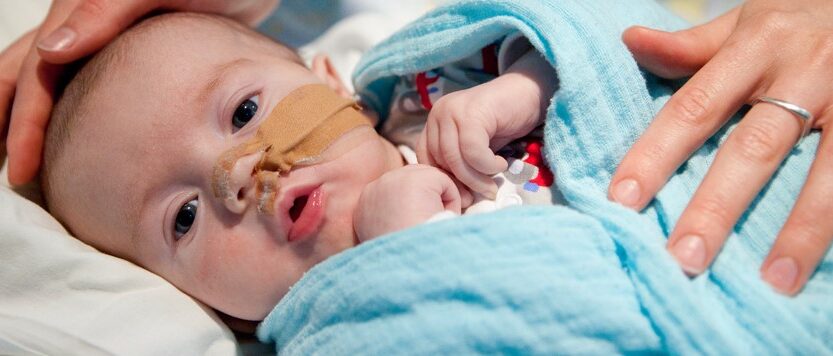Research Assistant – Physiotherapy Deptment
Cerebral palsy, or CP as its abbreviation, is a permanent, non-progressive movement and posture disorder due to damage to the developing brain. The frequency of CP is 2-3 per 1000 live births. Those with CP experience problems with movement of the body, such as stiff muscles, excessive or loose reflexes, involuntary movements or tremors, lack of coordination and balance, saliva, swallowing or sucking problems, difficulty with speech (dysarthria), seizures, delayed movement skills, incontinence, and gastrointestinal problems. Damage to a developing brain can also cause problems other than movement problems associated with cerebral palsy. Other conditions that may be present besides cerebral palsy include vision or hearing impairment, learning disorders, attention deficit hyperactivity disorder (ADHD), and inability to communicate through speech.
Depending on the location and severity of the damage, cerebral palsy (CP) manifests in various degrees and appearances, such as:
Spastic type: Spastic type is the most common type of cerebral palsy. Spasticity can be defined as muscle stiffness or resistance to passive motion in the most general sense. The change in the normal structure of the muscles and stiffness causes movements to be affected and made difficult. Excessive spasticity leads to the deterioration of skeletal structure and posture over time. In addition, it negatively affects functional activities such as sitting, using hands, and walking.
Athetoid type: It can be defined as uncontrolled movement. Involuntary movements occur in the leg, arm, hand, or face of the child. In this type, sudden changes occur in the muscles. Muscles can go from very relaxed to very stiff, which prevents coordinated movements.
Ataxic type: There is a disorder in maintaining balance. Development is slow due to poor head control and lack of trunk balance, and walking is achieved too late.
While the personal cause remains unknown for most cerebral palsy cases, researchers now know that only a tiny percentage of cerebral palsy cases arise from birth-related complications, such as lack of oxygen. It’s scientifically accepted that cerebral palsy usually arises from a series of causal pathways—sequences of events that combine to cause or accelerate injury to the developing brain. Familial cerebral palsy is uncommon, as only 1% of people with cerebral palsy will have a sibling who also has it. Cerebral palsy is uncommon in twins as well. When one twin has cerebral palsy, only 10% of co-twins will also have it.
People with cerebral palsy often have co-occurring conditions:
- 50% have an intellectual impairment.
- 25% have epilepsy.
- 25% have a behavior disorder.
- 20% have a sleep disorder.
- 10% have impaired vision.
- 7% have autism.
- 5% have impaired hearing.
Treatment of cerebral palsy:
Although cerebral palsy is a lifelong disability, there are many interventions that can help reduce its impact on the body and the individual’s quality of life. An intervention is a service that aims to improve the condition of cerebral palsy and the day-to-day experience of the person living with it.
Medication:
Medical specialists may prescribe medications to assist with movement issues. Some medications are taken orally (e.g., diazepam) and others are injected or delivered through surgically implanted pumps.
Surgical procedures:
Selective Dorsal Rhizotomy (SDR) is a neurosurgical procedure that is used in a small percentage of children with cerebral palsy to permanently reduce spasticity in their legs.
Physical therapy and occupational therapy:
Physical Therapy and Rehabilitation is a specialty that covers the diagnosis and treatment of physical and functional disorders in the musculoskeletal, nervous or cardiovascular systems. Physiotherapists and occupational therapists focus on encouraging a person’s day-to-day movement skills such as sitting, walking, playing, dressing, and toileting. They will use a range of specialist interventions such as movement training and equipment, e.g., walking frames, wheelchairs, supportive seating, footwear, and orthotics.
Physiotherapy Treatment Approaches for Individuals with Cerebral Palsy:
- Passive Stretching.
- Static Weight-bearing Exercises.
- Muscle Strengthening Exercises.
- Functional Exercises.
- Body Weight Supported Treadmill Training.
- Electrical Stimulation.
- Sensory Integration Training.
Some tips for preventing CP after birth include:
- Making sure your child is vaccinated for all common infant infections.
- Using the correct car seat for your child’s weight and height.
- Using a crib with a bed rail.
- Never leaving your child on high countertops or surfaces unattended.
- Never shaking a baby.
Wishing good health for you all and the next generation.


